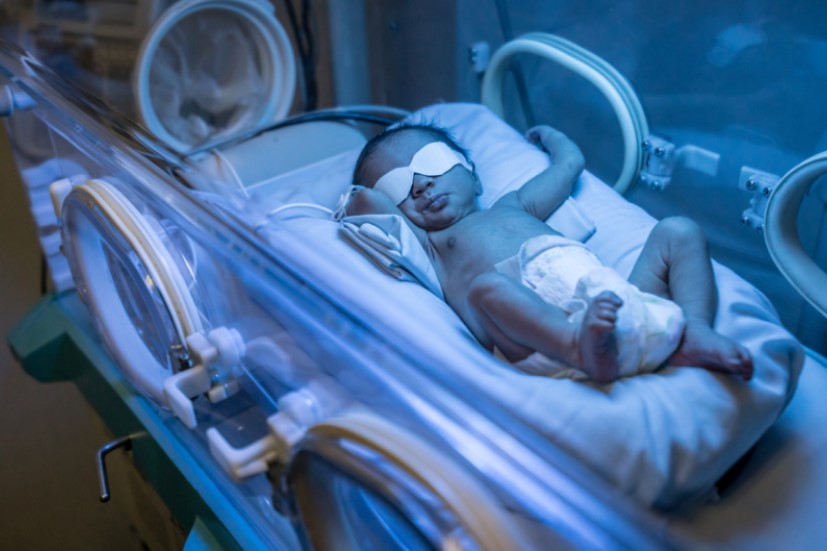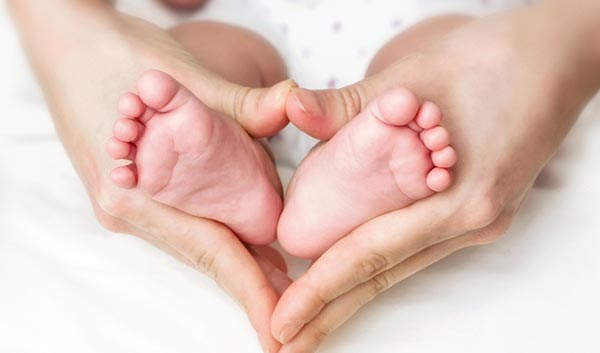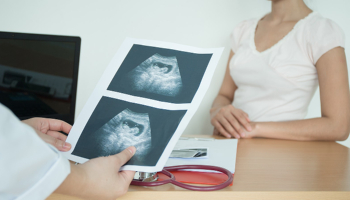Newborn Jaundice in Singapore: Symptoms, Treatments, and Prevention
Picture this. Your little bundle of joy is finally in your arms and happiness overwhelms you. However, you soon start to notice that his skin is oddly yellower than you had expected and your happiness quickly turns to worry. Does your baby have newborn jaundice?
What is newborn jaundice?
Newborn jaundice is one of the most common conditions requiring medical attention in newborns. In Singapore, approximately 60% of full-term babies and 85% of pre-term babies develop jaundice during the first week of their lives.
Newborn jaundice is usually a harmless condition which is caused by high levels of bilirubin, a yellow pigment produced by the normal breakdown of red blood cells that results in the yellowing of a baby’s skin and eyes.
In older babies and adults, the liver processes bilirubin which then passes through the intestinal tract and out of the body. However in newborns, the liver may not be mature enough to remove bilirubin as quickly as it is produced.
What are the signs and symptoms of newborn jaundice?
The first and most obvious sign of jaundice is yellow skin. It typically starts on the face before showing on the chest, the stomach, and then the legs. The whites of the baby’s eyes will also start to look yellow. Other signs include increased sleepiness, fussiness, floppiness, and difficulty in feeding.
What causes jaundice in newborns?
It’s important to note that a high bilirubin level in newborns is normal. However, there are certain circumstances that may put your baby at a higher risk of getting newborn jaundice:
- Born premature (born before 37 weeks’ gestation)
- Is of East Asian or Mediterranean descent
- Mother has a different blood type that’s incompatible with theirs
- Being breastfed
You may be wondering how breastfeeding can put babies at risk of developing jaundice. There are two types of jaundice caused by breastfeeding:
- Breastfeeding jaundice – This can be seen in babies within the first week of life. It is more likely to occur when babies struggle to nurse or if the mother’s milk has not yet come in.
- Breastmilk jaundice – This may appear in some healthy, breastfed babies after the first week of life. It is likely to worsen during the second and third weeks, but may persist at low levels for a month or more. The problem may be caused by substances in the breastmilk that affect the breakdown of bilirubin in the baby’s liver.
Jaundice may also indicate the presence of an underlying condition, such as:
- Hemorrhage (internal bleeding) somewhere in your baby’s body
- Blood infection (sepsis)
- Bacterial or viral infections
- Liver problems
- Red blood cells breaking too easily
- Lack of certain enzymes
Should I be worried and what are the possible complications?
Newborn jaundice is typically harmless. In most cases, it goes away on its own in two to three weeks. However, jaundice that lasts longer than 3 weeks indicates there may be an underlying condition that needs to be addressed.
High bilirubin levels can cause serious complications such as deafness, cerebral palsy, or other forms of brain damage, if left untreated:
- Acute bilirubin encephalopathy – Bilirubin is toxic to the brain cells. Hence, if a baby has severe jaundice, there’s a risk of bilirubin entering the brain. This condition is called acute bilirubin encephalopathy which can cause severe brain damage but can be avoided if treated immediately.
- Kernicterus – This condition occurs when acute bilirubin encephalopathy causes permanent damage to the brain. Kernicterus may result in involuntary/uncontrollable movements (cerebral palsy), a permanent upward gaze, loss of hearing, and improper development of teeth.
How is jaundice diagnosed?
If your baby appears to have jaundice, a doctor may request a skin test or a blood test to determine your baby’s bilirubin levels. Additional tests may be needed to determine the severity of the jaundice or if underlying conditions are causing the jaundice. These tests may include complete blood count (CBC), blood type, and Rhesus factor (Rh) incompatibility. A Coombs test may also be done to check for increased red blood cell breakdown.
How is jaundice treated?
While jaundice typically disappears on its own within two to three weeks, there are a few ways to speed up the process:
- More frequent feedings ¬– Breastfeeding your baby 8 to 12 times per day will help babies pass bilirubin through their bodies quicker. If you are formula-feeding, give your baby 1 to 2 ounces of formula milk every two hours.
- Phototherapy – For more severe cases of jaundice, phototherapy may be required. This is a highly effective method that uses light to break down bilirubin in the body. It will require your baby to lie on a special bed under blue spectrum light. During treatment, your baby should only be in his diaper and wearing protective eye patches to ensure he gets as much light as possible.
- Intravenous immunoglobulin (IVIg) – Jaundice can be caused by blood type differences in the mother and the baby. When a baby carries its mother’s antibodies, it may contribute to the rapid breakdown of the baby’s red blood cells. This can be treated through intravenous transfusion of an immunoglobulin (a blood protein that can reduce levels of antibodies).
- Exchange transfusion – If your baby does not respond to any treatments, an exchange transfusion may be needed as a last resort. This involves repeatedly withdrawing small amounts of blood from the baby and replacing it with a donor’s blood, ultimately diluting the bilirubin and maternal antibodies.
How can jaundice be prevented?
Unfortunately, there is no specific way to prevent jaundice. However, you can have your blood tested during pregnancy to determine your blood type. After birth, you can also have your baby’s blood type tested to rule out the possibility of blood type incompatibility which can lead to newborn jaundice.
Be Prepared with Maternity 360
Being an expectant mother comes with mixed feelings of joy and worry, as you look forward to the day of receiving new life into your arms. No matter how much you prepare for this day, it’s hard to guarantee that your child will be fully protected from complications or illnesses like jaundice.
If you’re between 13 to 35 weeks pregnant, consider Income’s Maternity 360, a single premium plan which offers protection for both mum and baby for 3 years. The plan covers 10 types of pregnancy complications and 23 types of congenital diseases, as well as offers outpatient phototherapy benefit for the treatment of neonatal jaundice. For 360° protection for mum and baby, reach out to an advisor today!
This article is meant purely for informational purposes and does not constitute an offer, recommendation, solicitation or advise to buy or sell any product(s). It should not be relied upon as financial advice. The precise terms, conditions and exclusions of any Income Insurance products mentioned are specified in their respective policy contracts. Please seek independent financial advice before making any decision.
These policies are protected under the Policy Owners’ Protection Scheme which is administered by the Singapore Deposit Insurance Corporation (SDIC). Coverage for your policy is automatic and no further action is required from you. For more information on the types of benefits that are covered under the scheme as well as the limits of coverage, where applicable, please contact Income Insurance or visit the GIA/LIA or SDIC websites (www.gia.org.sg or www.lia.org.sg or www.sdic.org.sg).
This advertisement has not been reviewed by the Monetary Authority of Singapore.







